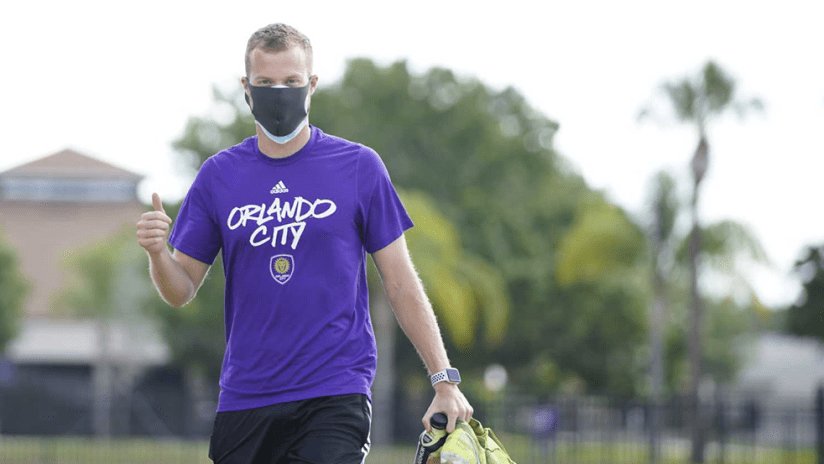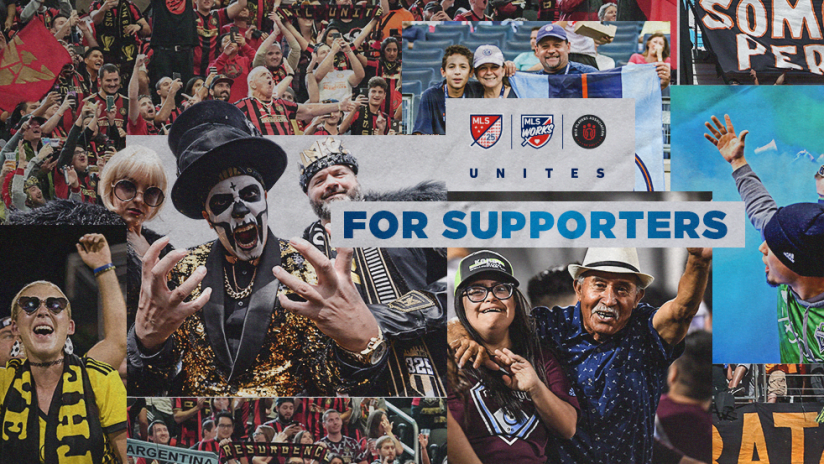Starting Wednesday, many (though not all) players across MLS are cleared to return to individual training activities at their respective clubs’ outdoor fields and facilities. While that sort of guarded phrase won’t exactly set pulses racing like a packed stadium or a gorgeous goal, it’s probably the week’s best news for soccer fans in North America.
These are baby steps, relatively speaking. These workouts are voluntary, and strictly confined by social-distancing regulations, limited to small groups of players spread across large swaths of grass or synthetic turf. Several clubs, like the Seattle Sounders and San Jose Earthquakes, aren’t able to do this yet, due to state or local restrictions that supersede the league’s clearance.
If you’re eager for the return of soccer as we once knew it, this is only a modest movement in that direction. But like so many aspects of our transformed world, we’re just going to have to make the best of it. To borrow a common phrase taught in my daughter’s kindergarten class (way back in the day when kids physically went to school), “you get what you get, and you don’t get upset.”
I would respectfully suggest that fans can take heart from anything that makes players take heart. For many of your favorite MLSers, the basic act of leaving their homes to don cleats and sink them into familiar turf again is an exhilarating proposition.
“Bike workouts and pushups and lunges in your basement, and runs to get out of your house? They get tired,” noted retired player and Atlanta United TV analyst Dan Gargan this week. “Any return for a player is going to boost those spirits.”
Just as importantly, this week’s development is hopefully the first cautious step on a path that leads, eventually, to the return of match action. The precise outlines of that progression are still taking shape, and will be managed carefully – probably painstakingly so – by the relevant decision-makers, both at MLS headquarters and among various political and public-health authorities.
If that can be achieved safely and sustainably, wouldn’t you welcome the chance to watch some games while the rest of us wait out this viral pandemic in our homes? Sure, empty stadiums and rejiggered schedules aren’t ideal. But like the euphoria that greeted the opening of the Korean baseball season (yes, you read that right) this week, millions are hungry to usher the delightful distraction of sports back into our lives.
“As long as the players are healthy and we're good to go, I think everybody could use sports coming back,” is how Philadelphia Union captain Alejandro Bedoya phrased it to me last week. “We’re not more important than the general population, but if we can be careful about it, I'm sure people will be more than happy to be able to watch these games on their TVs at home."
The coronavirus crisis has wreaked absolute havoc on the United States and Canada over the past few months, taking more than 75,000 lives combined, according to government data from the two nations. Sadly, the end isn’t yet in sight. It will take far longer, probably years, to untangle the details of what happened, what must be learned and what “normal” will look like going forward.
Sports are dust in the wind compared to that pain, suffering and death. As much as we love the beautiful game, it can’t disrupt or complicate the fight against COVID-19. But if it can provide a dose of joy amid the struggle, there’s some healing in that.














